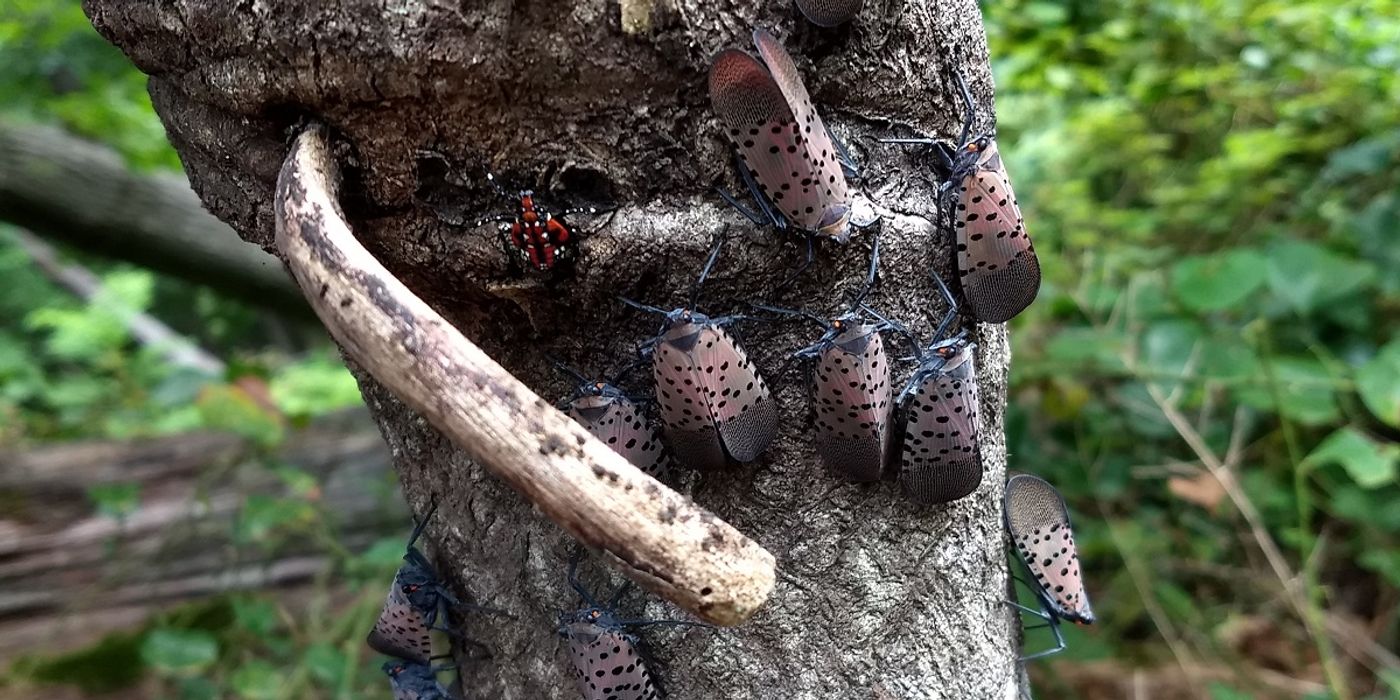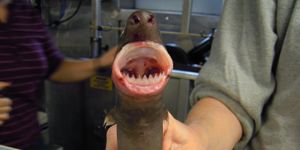The Invasive Species Coming for your Wine!
Invasive species are a problem throughout the world. Globalization means that we are continuously accidentally introducing species from other parts of the world to new areas. One of the many species that has been introduced to the US in the past decade is the spotted lanternfly, lycorma delicatula.
The spotted lanternfly is a planthopper, a plant juice-sucking insect from southeast Asia. It was accidentally brought to Pennsylvania sometime before 2014 when it was first found and where it has been spreading rapidly every year since. It has now been found in more than thirteen states, with active infestations in as many as ten states. It feeds on more than seventy different species of plants, including stone fruits like cherries, peaches, and plums, hardwood species, and hops but the most commercially relevant threat identified so far is to the grape industry.
Grapes are an industry worth hundreds of billions of dollars in the US. We grow grapes for wine, raisins, jams, juicing, and fresh eating. As of now, with the spotted lanternfly infestation beginning on the east coast, wineries have been the most impacted so far. Many of the wineries in the initial infestation zone in Pennsylvania have faced huge losses in their crops, as well as in the plants themselves. The insect feeds on grapes and excretes “honeydew,” a sticky partially digested liquid with some of the sugars removed. This honeydew coats the leaves of the plants below the insect and provides a growth medium for a black sooty mold, which inhibits photosynthesis. This means that the plant cannot take in sunlight and create sugars for fruit or to help the plant survive the winter.
The honeydew also provides a gross annoyance to people who live or work near some of their other favorite trees, the tree of heaven. The tree of heaven is an invasive plant from the same part of the world as the spotted lanternfly. The lanternfly feeds on this tree in abundance when it is available, and the honeydew coats everything below the tree, cars, barbecue grills, chairs, houses, etc. Everything coated gets sticky and has the potential to grow different kinds of smelly molds.
If the spotted lanternfly gets to California, where 88% of our grapes are grown, it will cause a huge problem for our grape industry if we haven’t yet figured out an economical way to control them. They are already causing huge economic impacts to states like Pennsylvania and New Jersey, where the pest is well established. The pest will hitch a ride on anything, like cars, trucks, trains, or even planes, and travel long distances. Be on the lookout for this pest and report it to your local agriculture department if you find one!
Sources:
Cornell University, Pennsylvania State University, Napa Valley Register, Wine Industry Advisor










